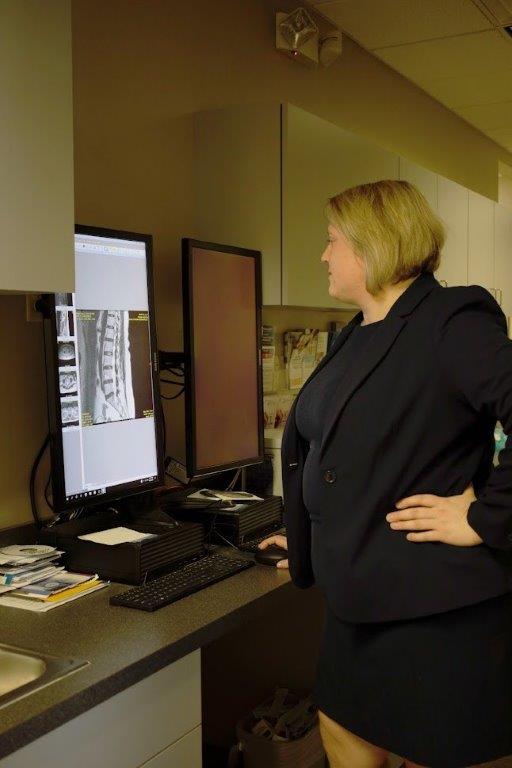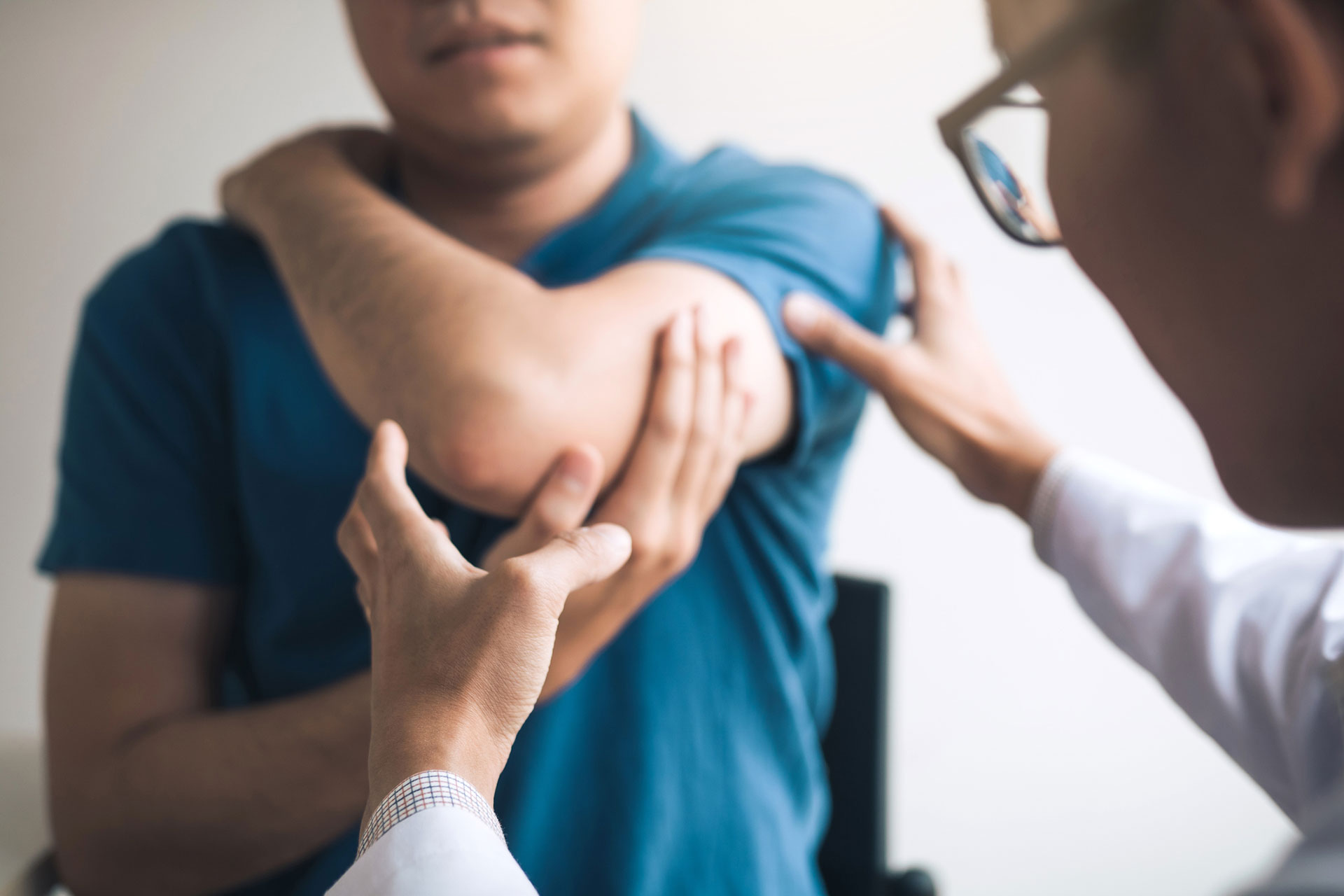Elbow injuries are most common in athletes and workers that repetitively use their arms. The pain can come from arthritis, overused tendons and nerves that run through the elbow and are susceptible to chronic stress. Elbow restrictions and pain are also seen in neurological conditions such as stroke and multiple sclerosis. Our physical medicine and rehabilitation specialists use advanced examination and diagnostic tools to diagnose the source of the pain and prescribe therapies that will improve your function and reduce pain.
How we diagnose
A comprehensive examination is performed on every patient with focus on ferreting out various problems that can cause elbow pain.
Special manual training allows BSSM physicians to diagnose small subluxations of elbow joints that can be a previously undiagnosed source of elbow pain. Gentle manipulation of these joints is frequently performed during examination for diagnostic and therapeutic purposes.
Our physicians also examine the elbow region, and surrounding muscles with the help of advanced imaging techniques such as diagnostic ultrasound.
This technology is advanced enough to see tennis elbow related tendon injury, bursitis and joint swelling that frequently cause acute and chronic elbow pain.
Electromyography (EMG) is used to examine elbow pinched nerve problems such as seen in Cubital Tunnel and Pronator Teres Syndromes, as well as neuromuscular spasm condition known as upper limb spasticity.
MRI and X-ray imaging is often used to confirm the diagnosis made by our expert examination of internal shoulder joint problems.


How we treat
Manipulation is frequently used during the clinical encounter to restore normal function of the elbow joint.
Steroid injections are guided by ultrasound for safety and accuracy and are frequently very effective in decreasing pain and inflammation from arthritis and overuse tendonitis of the elbow.
Ultrasound-guided injections are also used for injections of elbow nerves that can be injured during trauma and repetitive overuse.
PRP (platelet-rich plasma) injections are now available for patients with elbow tendonitis who have failed to respond to other treatments.
In cases of upper limb spasticity, Botox injections are used to calm down the spastic muscles.
Our physicians use EMG assistance to find the spasming muscles and we are one of the first groups in the country to use ultrasound technology to more accurately and safely guide the Botox injections.
We are still one of the few groups that use ultrasound for guidance of Botox therapy.
We employ state-of-the-art physical therapy for correction of joint dysfunction, muscle imbalances, arch abnormalities and weakness that so frequently lead to overuse-related elbow problems.
When chronic painful elbow conditions such as often seen in trauma are encountered, the patient is referred for specialized treatments known as ART and Graston mobilization to a chiropractor that works closely with our physicians.
